Research blog for Cork Sharing Architecture project with a remit for a bus shelter. Project Team: Paula Kelleher (architect), Martin Mc Carthy (ux designer) and Seoidín O'Sullivan (artist)
Monday, June 23, 2014
Thursday, June 19, 2014
Wednesday, June 4, 2014
CIT Bus stop from Google Maps
The main bus stop for CIT is located on Rossa Avenue, to the east of Block C. The stop is identified by a pole, rubbish bin and real time passenger information sign. The sign does not identify with the campus or give any indication to non locals where it might be located.
The footpath is narrow at 1.5m wide, and causes users to congregate in a linear fashion as they wait for the bus, something which is unconducive for communication amongst groups of people.
There is no designated shelter against the weather or seat for users at the stop. People lean against the garden walls of adjacent private properties for comfort as they wait.
Discussions with CIT staff about the bus stop revealed that ownership at the location is an issue which has hampered efforts of the college to have a bus shelter erected. Given that the footpath in this location is narrow, it would be necessary to procure extra space from the adjoining property and to date this has not been possible. Neither has it been possible to affix a simple shelter roof to the adjacent garden wall.
Friday, May 23, 2014
POP UP BUS SHELTER @ CIT
Look and talk about work of Michael Rakowitz


Here are some possibilities sourced on internet of makeshift shelters made with bamboo and plastic.
Cork Sharing Architecture Workshop: Bus Shelter
POP UP BUS SHELTER @ CIT
Initial Brain Storm / recap. what we did last time/ what we learnt. Back to basics
What is a bus shelter for?
1. Rain Protection a roof what kind of roof?
Walls where?
what materials?
2. Rest while waiting/ temporary seating?
What other potentials can people see that a bus stop could provide?
Communication, conversation, wifi Information on the city/ local community etc
Show and tell : Students share photo’s and app data collection
Together discuss CIT and its lack of Bus Shelter.
Have image up. All this info could feed into design
People should be as free to do what it is they wish they should not restrict themselves just with the idea of the bus shelter we see everyday though this is difficult. ( see Rakowitz design for homeless shelter) . . students all gather at a certain space on campus to wait for bus if raining currently, can this feed into a design?
Introduce workshop project
Pop up bus shelter
1. Divide the group into pairs.
2. Each person is given paper for sketching and planning.
There are materials: Plastic sheeting (building supply store) , bamboo poles ( from garden centre) and string available also need scissors/ blades, gaffa tape?
I think umbrella’s as a design option too could be fun if we could gather a good few.
3. Each pair given 1 hour to discuss/ brainstorm draw and then make their bus shelter in workshop space.
4. Workshop group reconnects. Each couple do a show and tell of their design and creation to rest of group.
5. The group then through a process of consensus discuss which design will be taken to the bus stop or does a whole new design have to be created combining the ideas that have emerged from each of the other designs or improvements to ‘most promising design could be made’.
Also option for each design to be recreated or carried to bus shelter and photographed
( shared learning happening/ critique and discussion)
After Lunch . . .
6. Then the group could go down to the bus stop and construct the ‘Pop-up Bus Shelter' that has emerged from the morning workshop. Take photo’s
This would all be really playful and fun.
Being in situ should generate a whole new set of information, findings and learning.
7.Return back to workshop space. The images taken in situ could be displayed on projector.
What have we learnt? What else could be added to this? Talk about findings
Wednesday, May 7, 2014
2011 CSO commuting data for Cork City
These maps give you an idea of the work Cork City Council have to do to implement a 'modal shift' towards bus commuting. The car reigns supreme. I've overlaid the 208 bus route data for your reference.
Monday, May 5, 2014
208 bus route
On this map you can see CIT with respect to the 208 bus route....not so close! The different symbols denote the type of bus stop; pole (triangle) and shelter (square).
Thursday, May 1, 2014
Martin's map 14th-16th April
Trying to get an animation working for this but I think when I've only data from 2 days it won't have the impact I'm looking for. When we have data from multiple sources I can start doing interesting things too. Got some data on 208 bus stops from bus eireann and will overlay them on this data.
Tuesday, April 29, 2014
Emergency Shelters
Though the shelters in this link are as a result of migration, I thought that they might be interesting to put up here all the same.
I've dropped in some of the images from the main article, but the article is a short, interesting read that gives context to the shelters.
Sunday, April 27, 2014
crystal palace

“Crystal Palace”: “It’s an urban sculpture. It seems that something violent happened to this bus stop, but actually the broken glass shows more something precious. The situation is turned – the attention is grabbed from the aesthetic, not from the act of destruction. The intention was to provoke some emotion or empathy.”
http://www.baptistedebombourg.com/en/works/crystal-palace-0
Saturday, April 26, 2014
Workshop idea
Create intervention in existing bus shelters that respond to user research findings complaints.
Tactically intervene and improve the bus shelter:
"The project was an illustration of my belief that the city holds a vast amount of untapped ability. The structures, surfaces, objects and systems that underpin its daily operations have the potential to do more, to perform an alternate function, or assume an entirely new role in the mechanism of the city. Reprogramming The City explores a new paradigm of urban creativity and resourcefulness that treats the hardware of the city as a platform of opportunity, and infrastructure not as the end result of a previous creative process, but the beginning of a new one."
Scott Burnham http://scottburnham.com/work/

SpY’s interventions do not jump out at you, they wait until you come across them. They are not a monologue, but rather the result of a dialogue between the artist and the surroundings, between the passer by and the piece.”
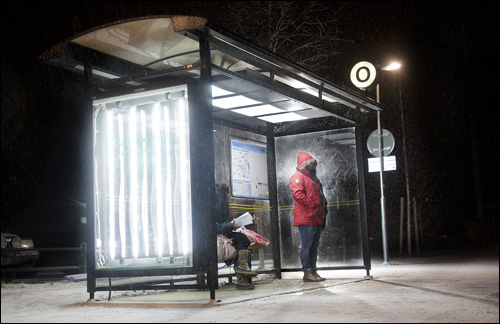
Repurposing the city’s bus stops as light therapy stations. scott burnham
BUS STOP SYMBIOSIS http://www.designbuzz.com/bus-stop-symbiosis-an-interactive-seating-arrangement-for-the-waiting/
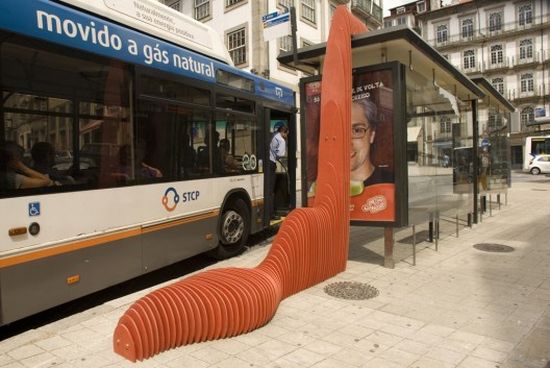
Temporary paint: people can input message on how to improve bus shelter. leave a plastic pen hanging??

Tactically intervene and improve the bus shelter:
"The project was an illustration of my belief that the city holds a vast amount of untapped ability. The structures, surfaces, objects and systems that underpin its daily operations have the potential to do more, to perform an alternate function, or assume an entirely new role in the mechanism of the city. Reprogramming The City explores a new paradigm of urban creativity and resourcefulness that treats the hardware of the city as a platform of opportunity, and infrastructure not as the end result of a previous creative process, but the beginning of a new one."
Scott Burnham http://scottburnham.com/work/

SpY’s interventions do not jump out at you, they wait until you come across them. They are not a monologue, but rather the result of a dialogue between the artist and the surroundings, between the passer by and the piece.”

Repurposing the city’s bus stops as light therapy stations. scott burnham
BUS STOP SYMBIOSIS http://www.designbuzz.com/bus-stop-symbiosis-an-interactive-seating-arrangement-for-the-waiting/

Temporary paint: people can input message on how to improve bus shelter. leave a plastic pen hanging??

Art in Transit: city of providence Rhode Island
Interesting proposal for inclusion of long term art interventions for bus shelters:
https://www.providenceri.com/efile/4558
Proposal call out here :http://www.providenceri.com/planning/transportation-corridors-to-livable-communities-0
Project results here: http://www.ripta.com/transart-
My favourite below

Proposal/ call out here: http://www.providenceri.com/planning/transportation-corridors-to-livablecommunities-0
https://www.providenceri.com/efile/4558
Proposal call out here :http://www.providenceri.com/planning/transportation-corridors-to-livable-communities-0
Project results here: http://www.ripta.com/transart-
My favourite below

Temporary shelter
Cocoon
The design for “Cocoon” is one that is supposed to be a temporary relief shelter for those sticky situations where there may not be a whole lot of time to get out, but if you’ve got time to put together this quick fix; this could be a great solution for you.
Plywood Ice Skating shelter

Transpaarent Temporary shelter

Make shift shelter somalia
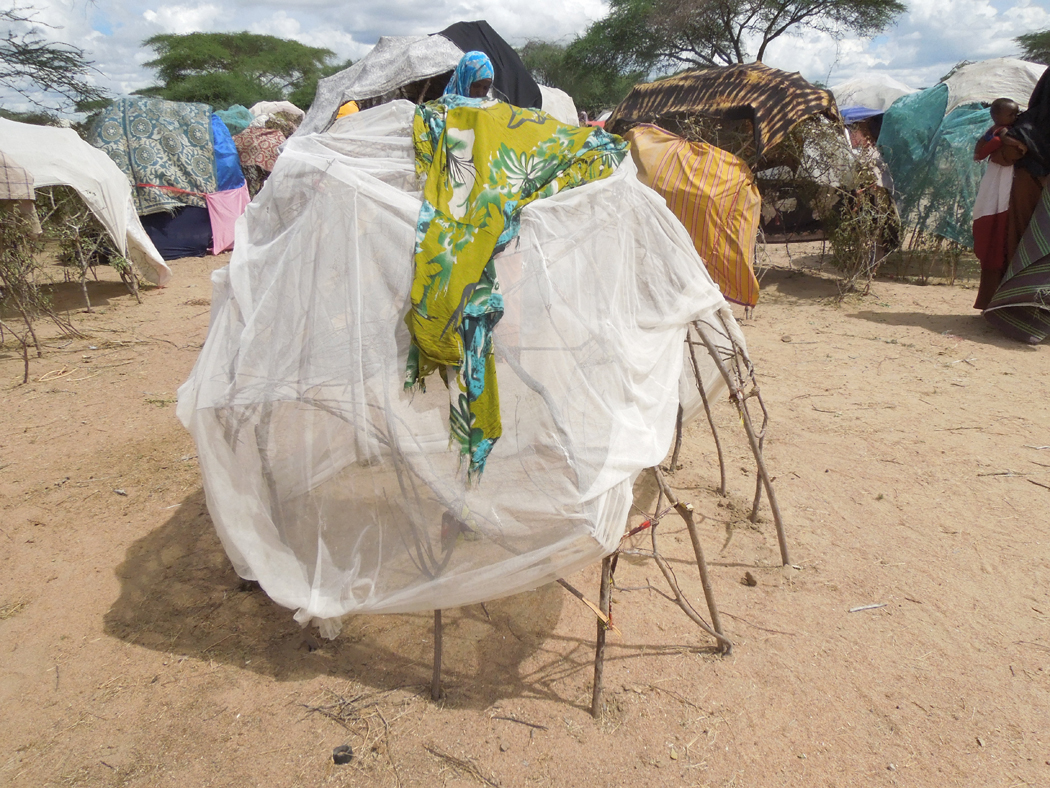
Temporary shelter after Earthquake in West China
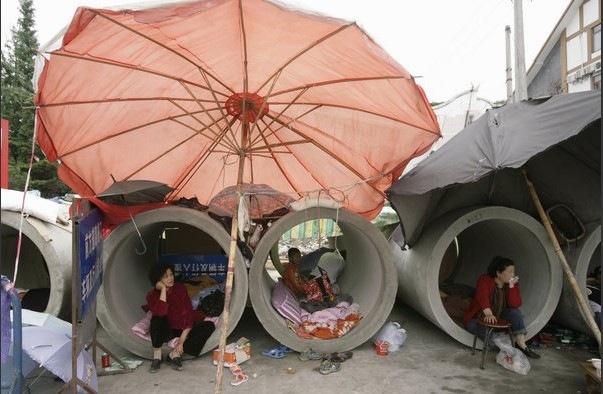
Temporary survival shelter


Rain biggest Factor in Ireland: not wind proof but pretty
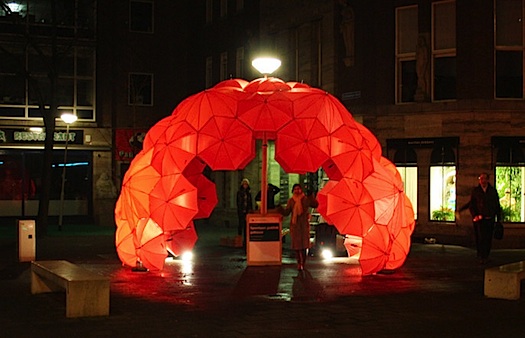

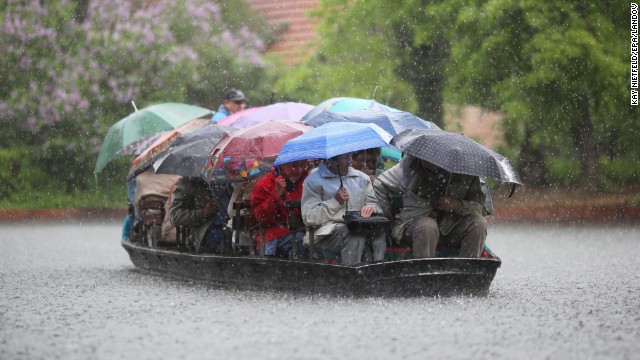
Workshop brain storm
Image: CIT bus Stop photograph by Martin
This image by Martin has captured my imagination. It is a bit like a blank canvas that we could play with with the student group. If we supply a variety of materials that the students can play with for making there own DIY bus shelters. eg umbrella's , plastic sheeting, wooden poles, corrugated plastic, perspex, chairs. . . anything else sourced . . . they could make interventions in this space that we could then photograph.
I am aware that the path is narrow here and that is probably why there is no permanent bus shelter but I think it could be fun and playful to do this. The images would look great with the students eg holding up plastic sheeting or sitting in make shift spaces.

Subscribe to:
Posts (Atom)












+06.jpg)
















